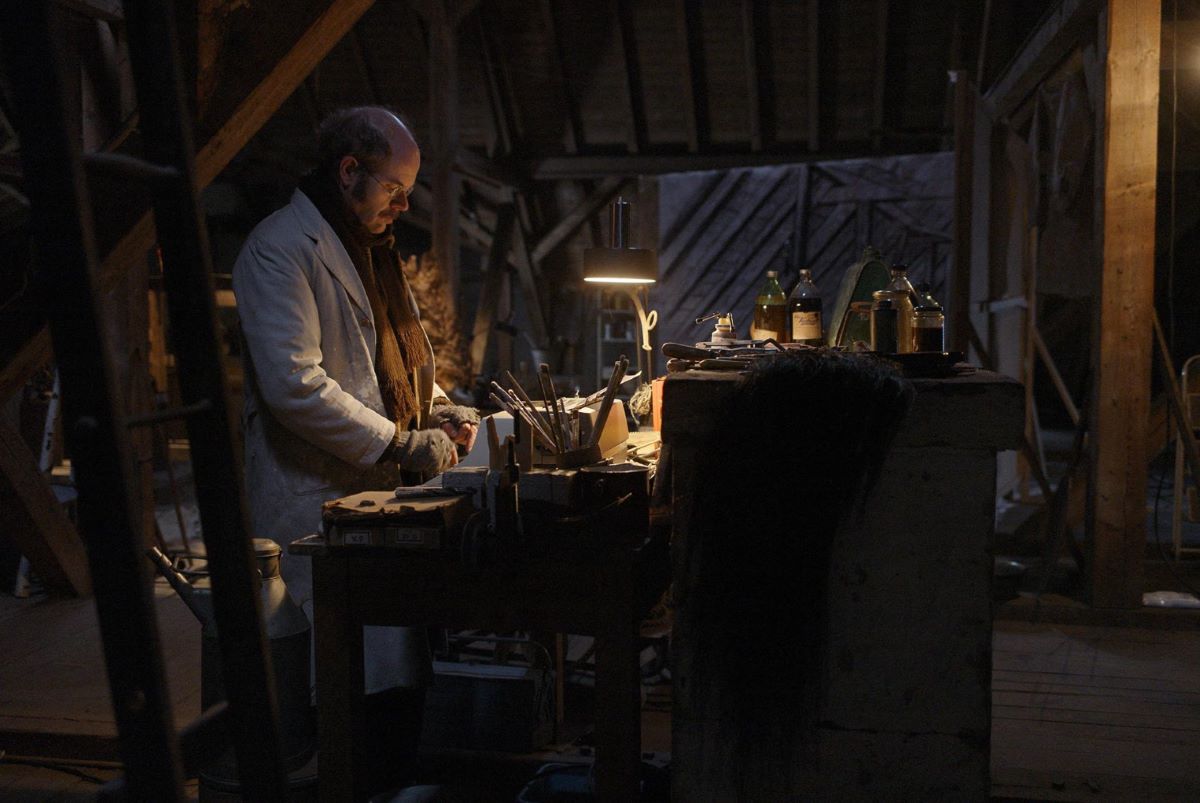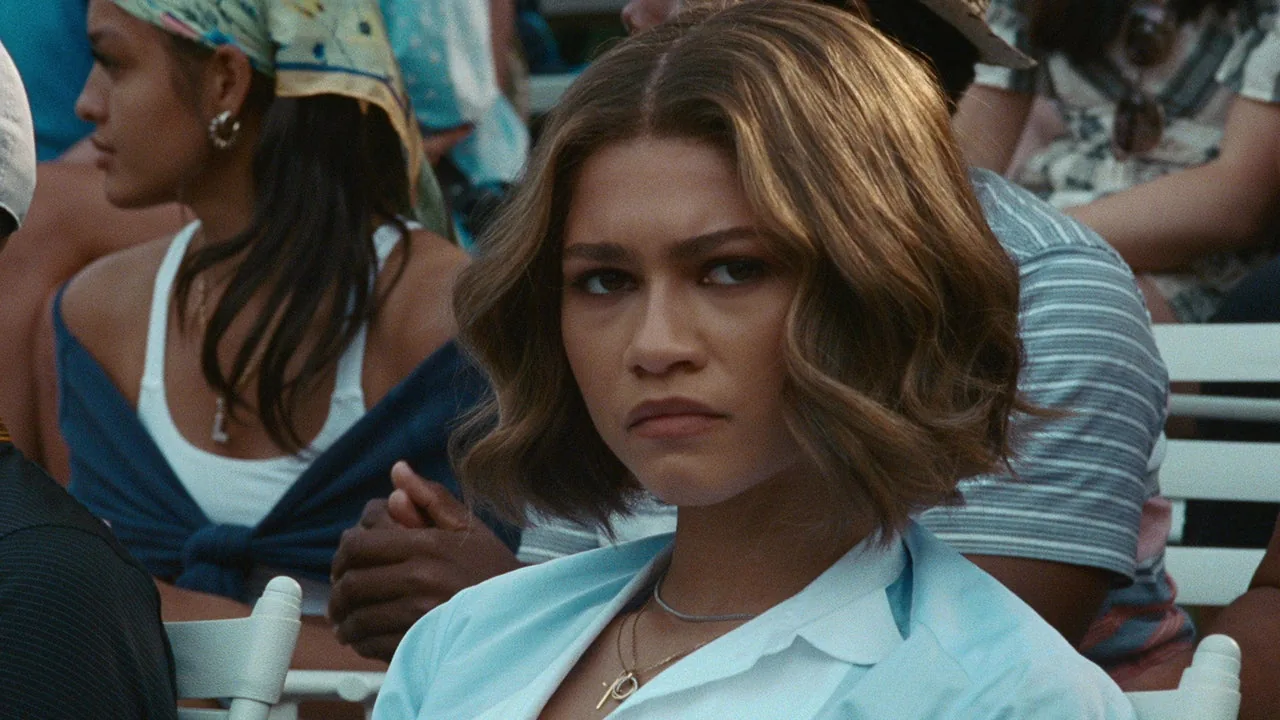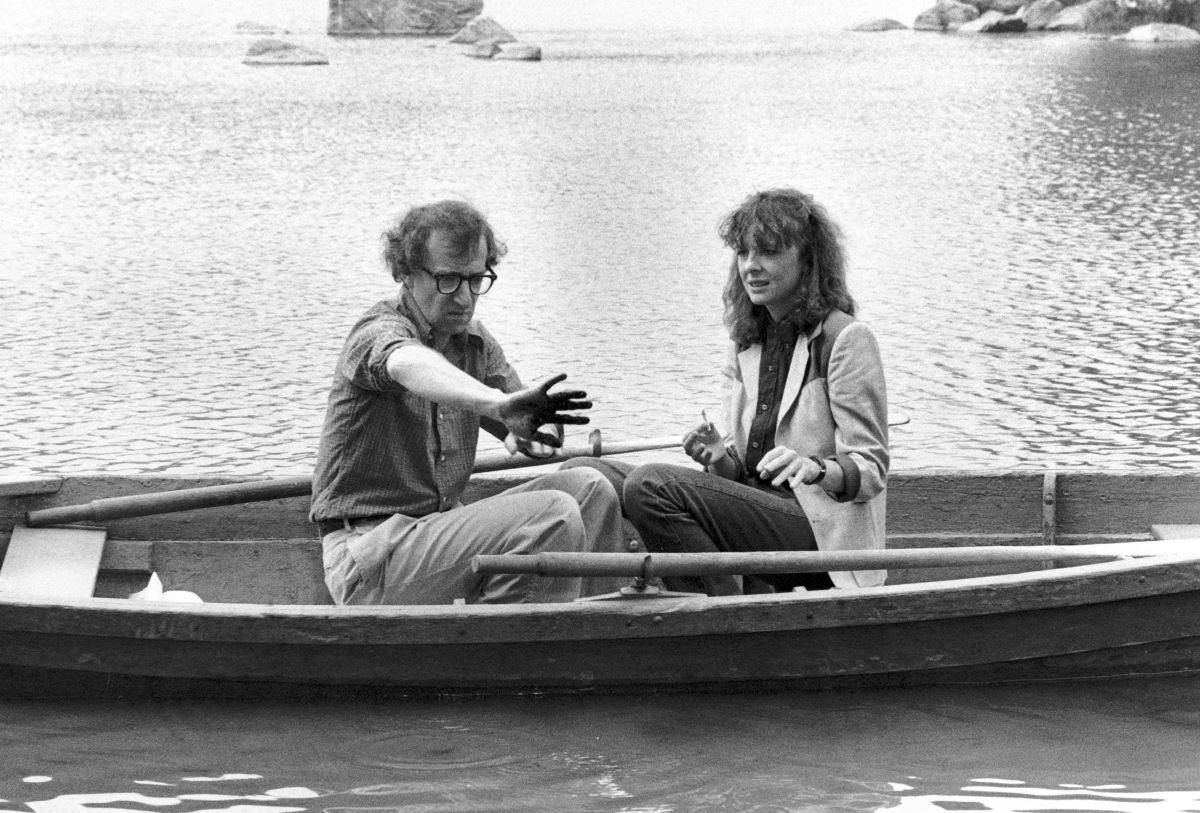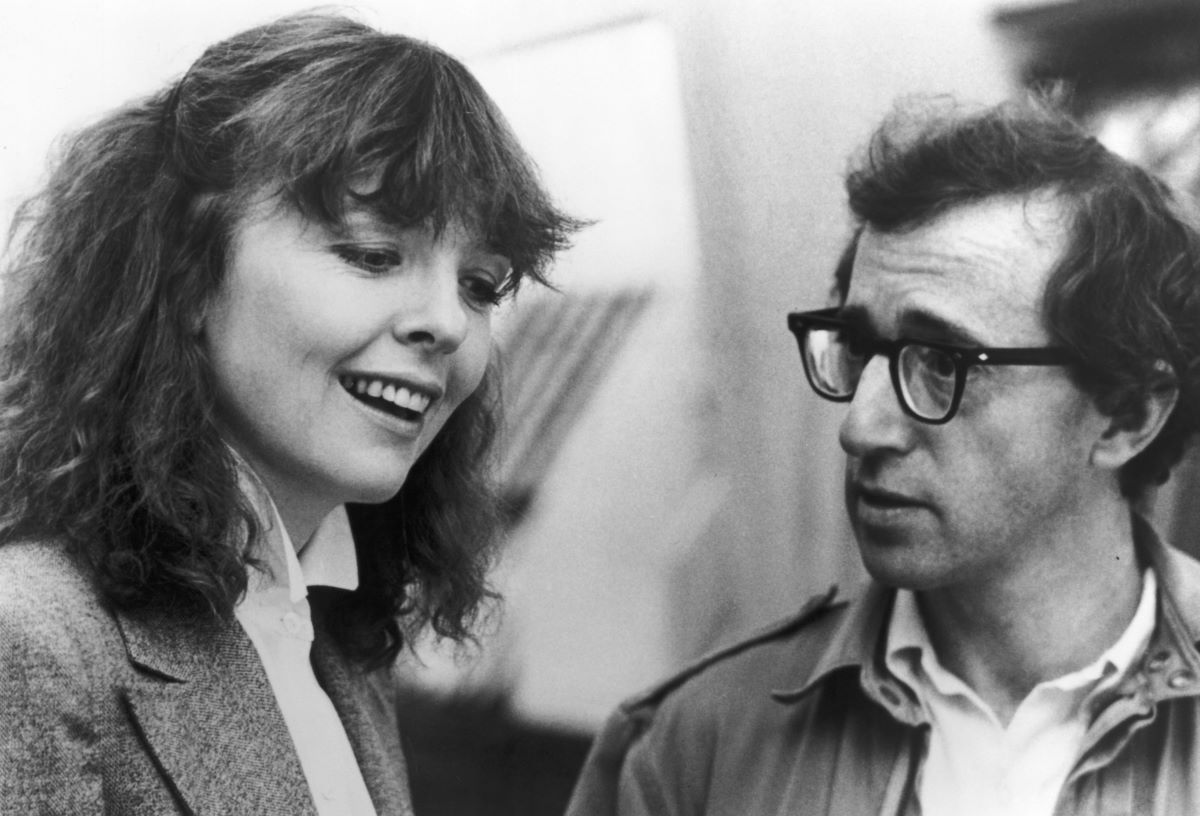Anselm (2023)
Original title: Anselm – Das Rauschen der Zeit
Directed by Wim Wenders
The portrait of the German painter and sculptor Anselm Kiefer, one of the most innovative and significant artists of our time, captures his life, vision, revolutionary style, and immense body of work exploring human existence and the cyclical nature of history.
by Alessandro Uccelli
Wie man Skulpturen aufnehmen soll [How to Document Sculptures]: This refers to how sculptures should be captured or, rather, how they should be documented. It’s from an article by Heinrich Wölfflin in 1897, which influenced over a century of complex interactions between photography (and cinema) and the visual arts. Despite the imperative “man soll” (“one must”), emphasizing a directive with its servile verb, there remains a broad margin for autonomy. Imagine substituting “Künstler” (artist) for “Skulpturen” (sculptures), meaning that the subject is not just statues and reliefs, or broadly, artworks, but the artists who create them: the scope for autonomy and complexity in decision-making increases, goodbye to the limitations of duty. However, for Wim Wenders, facing the monumental scale of works by his friend Anselm – where deciding whether to classify them as painting, sculpture, or something else is truly secondary – 3D was the method, a duty from the start, as it had been for Pina in 2011, for Cathedrals of Culture in 2014, or for other smaller projects that have enriched his filmography over the years.
The “what” is certainly subject to a more complex elaboration. First, there is the director’s confrontation with a medium, the visual arts, which was his first calling before being supplanted by his love for cinema upon arriving in Paris; but more importantly, what aspects of the work of an artist who has tirelessly worked for over fifty years, day and night, on a variety of materials and scales ranging from books to concrete buildings, should be shown? The artist gives the director carte blanche, knowing that he will neither make a biopic nor a typical documentary with talking heads and artworks staged for the camera. “Wim, every time you’ve watched a film about a painter, haven’t you thought the most boring parts are when you’re forced to watch a painter paint?” Kiefer supposedly said, expressing a strong resistance to being filmed, or rather a distrust in the ability to capture the creative moment. On the other hand, if we think about it, in Le mystère Picasso [The Picasso Mystery, 1956], Clouzot circumvented, so to speak, the “boredom” of the painterly gesture with a technical trick, forcing the painter to work on a glass support, thereby literally removing himself to some extent, fading into the background, behind the artwork, not only to ensure the continuity of the gesture in the shot but also its significance, what makes it meaningful and necessary to show. What Wenders recognizes as the element to emphasize in the monumental and multifaceted work of Anselm Kiefer is not so much the traditionally understood creative gesture, but rather what already implies a destructive element, that obsessive finishing that is a prelude to decay and dissolution, the fixation in the material of a fourth dimension, normally considered incidental, that of time, primarily through exposure to the elements, combustions, open flames, furnaces, molten metal pours, everything that might contribute to triggering a transformation, albeit slow, inevitable.

For over fifty years, as we were saying, Kiefer’s works, initially viewed as nostalgic, have done nothing but point out the elephant in the room, the hypocrisy with which German society (and generally European society) has reinvented itself as immune from guilt. The unstable nature of his materials, the contrast between the heaviness of the materials and the lightness of form, follow the need to shape fragments of unanswered questions or answers that are themselves unsettling new questions, to the indirect question borrowed from Paul Celan, whose poem Wolfsbohne (“Wolf’s Bean”), Kiefer himself recites: “sie schweigen,” “they are silent”; just as Heidegger remains silent about his relationship with Nazism. Since the 1960s, Kiefer has helped to set up that “Theater of Destiny” which symbolically represents the German world, from which, however, Germany itself tries to disentangle. And he insists on the specifically Teutonic character at the very moment when Wenders does everything to escape, to America, to Japan; then it also falls to him to continue his monumental research outside his country, in France, first in a gigantic studio converted from a former silkworm farm, surrounded by a vast park in Barjac, Occitania, and finally in a colossal logistics warehouse of the Samaritaine in Croissy, outside Paris, transformed into a sort of stage set outside the natural flow of time.
Indeed, time: if this is the essential yet fundamentally elusive dimension in the work of the figurative artist, one gets the impression that Wenders, in his 3D which already enjoys its own temporal dimension, expected a kind of epiphany. However, this remains latent as he maneuvers elegantly with dollies and drones among towers of bitumen and lead and racks on which canvases as large as tennis courts unfold. But the reality is that in the attempt to engage with the creative apparatus of his artist friend, Wenders “surrenders” to an audiovisual translation of the elusive complexity of the work, turning the cinematic device into a home, a museum, or even a temple.
To better grasp the essence of the operation, as is often the case, one must pay attention to the subtitle, “Das Rauschen der Zeit,” or “The Noise of Time,” the rushing of time: here lies the fundamental dimension of Wenders’ film, one that does not require 3D technology, one that unites the ritual of this Kieferian temple, the sound. It’s not only the music of Leonard Küßner, the poems of Celan and Ingeborg Bachmann, read, murmured, echoed, or the imagined voices of the Frauen made of fabric, lead, iron, and debris, but also the noise of mechanical gestures, the echo of vast spaces, and the silence, or near silence, when it is necessary to arrive. The sound seamlessly blends the moments stolen from the daily grind of work, the choreographed shots among the most impressive works, the very elegant moments of reenactment—with Kiefer’s son playing young Anselm and Wenders’ grandson embodying his childhood—characters that sometimes converge with the artist’s adult experiences. Not least, the sound helps reimagine archival materials, often inserted through elaborate superimpositions. Among these, a true “mother scene” or “first scene,” generative for Kieferian art, features the mythological, heroic, white-clad, and neatly arranged Frauen kieferiane superimposed with a sequence of fairly famous newsreel fragments, showing the Trümmerfrauen busy clearing the streets of Berlin of bombing debris and salvaging still usable materials: even the emphatic construction of the myth of these women, who perhaps were not so numerous, so industrious, or so joyful, encapsulates the guilty silence of which Celan speaks: “sie schweigen.”
This contradiction between myth and silence is the artist’s imprint, born in 1945, just like Wenders: the childhood of that generation, even more than others, has been, as the film’s ending states, “an empty space, like the beginnings of the world.” For Kiefer, who continues to inscribe on his works titles, names, and prophecies with the handwriting and lightness of a child, there remains and will always remain space to fill, amid the uncertainty of finding answers.
Cineforum, May 1, 2024





